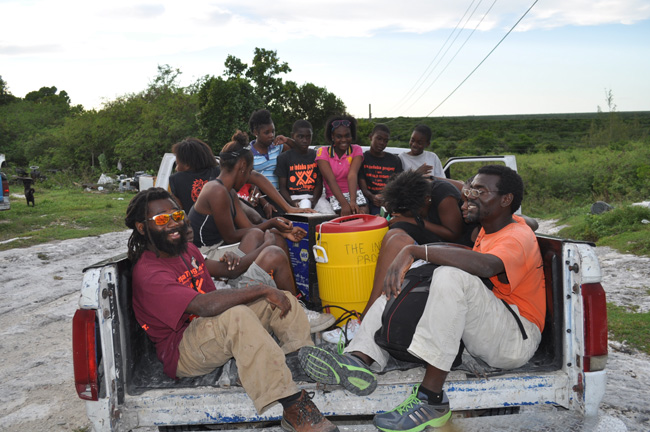
Participants in the Indaba Project Cat Island Historic Kitchen Restoration Project
|
CAT ISLAND, The Bahamas - Fulfilling a promise to Cat Island native, the late
Margaretta Rolle, students of the award winning Indaba Project are working hard
to restore Mrs Rolle’s historic detached limestone kitchen in the mystic island.
After securing a $6,000 grant from the International Development Bank (IDB),
the Indaba Project organized a multi-island project team to help preserve this
important part of Bahamian material history.
The Indaba Project (TIP) is a registered non-profit
organisation aiding in community development in the historic African townships
of Bain and Grants Town. Two of its main pillar projects are an After School
Programme and an island-hopping summer camp, known as the Island Stewards Camp
(ISC).
Stewards who participate in the ISC are hardworking
high school students who actively take part in the Indaba Afterschool
Programme. In 2012, stewards were first introduced to Mrs Rolle when they
visited Cat Island on the third ISC. This was the start of a lasting
relationship with Mrs Rolle and her wider family. Now, 16 stewards from C R Walker,
T A Thompson, D W Davis, H O Nash, C C Sweeting are working in Cat Island on
the kitchen restoration project that is expected to extend over six to eight
weeks.
“I was excited about the opportunity to visit Cat
Island because I have never been to Cat Island before, and I wanted to learn
about the way of life on the island. Also, with the kitchen project, I feel
proud of myself knowing that our work can help bring a family closer together.
The kitchen is on a family compound and when it is finished, the family will be
able to use it so they can talk how they used to,” said Rose Pierre, a ninth
grade student at T A Thompson.
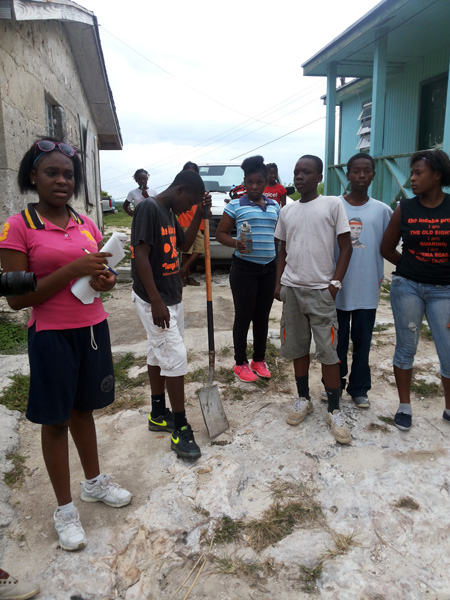
Stewards from the Indaba Project participating in a Cat Island historical kitchen restoration project.
|
To restore the kitchen, stewards will have to clear
out the interior, which was being used as a makeshift storage facility. They
will rebuild the doors and windows, and collect field stones and sand to mix
with cement, in order to reconstruct the exterior walls and create an authentic
Cat Island finish. They will also have to demolish and rebuild the roof. Another
core component of the project is for stewards to document the stories of the
family members in the compound and the history of the kitchen.
Stewards are expected to learn firsthand the major
activities that took place in a traditional kitchen, which included food
preparation, food and equipment storage, and bush medicine preparation. The
masonry (tabby) or wooden structures were roughly 120 square feet with a door
and few or no windows. They consisted of packed-earth floors with an open
ceiling. Roofs were wood framed with a variety of covers: sheet metal and asphalt
shingles are now popular.
“At the Indaba Project, among other things, we
constantly create opportunities to develop and reinforce awareness that the
material culture of our African ancestors contained significant engineering and
scientific technologies that are worth going back for and preserving. The
kitchen restoration project allows us to do that along with so much more,” said
journalist Noelle Nicolls, Indaba volunteer and media coordinator for the
project.
“We encourage anyone who is interested in supporting
this project to get in touch with us at theindabaproject@hotmail.com,”
said Ms Nicolls.
The team of
volunteers leading the project include: Engineer Thomas “Mtumwa” Cleare,
director of the Indaba Project; teacher and community activist Ean Maura; College
of The Bahamas researchers Faith Butler-Cleare and Niambi Hall-Campbell, PhD; youth
mentor and community advocate Sheena Ytil; stylist and cultural advocate
Princess Pratt; and entrepreneurs Aketa Smith and Lavano Ferguson.
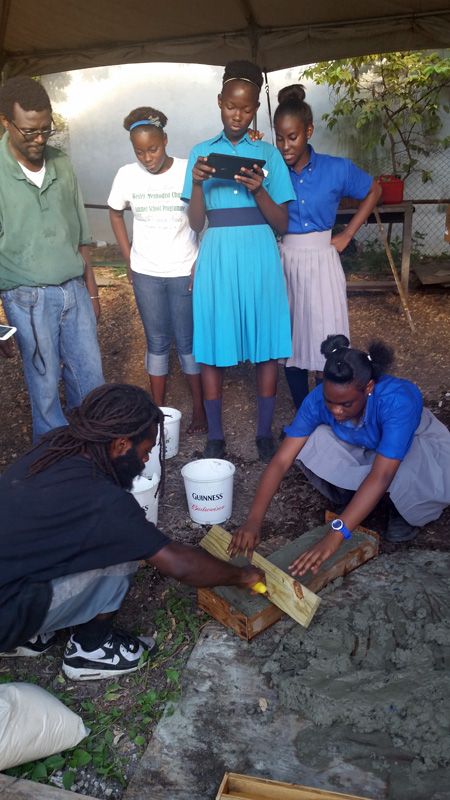
Stewards from the Indaba Project preparing for their trip to Cat Island to restore an historical limestone kitchen
|
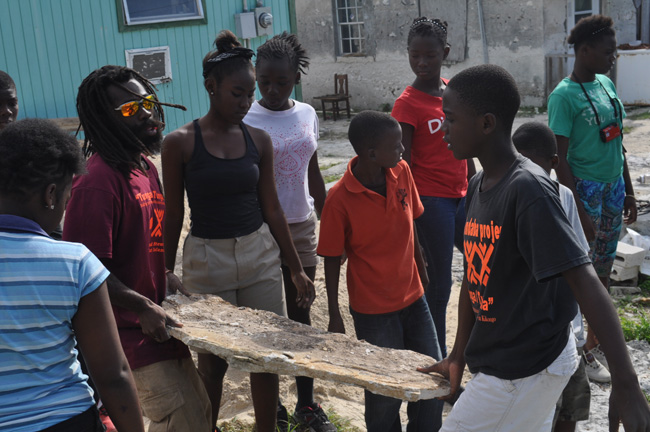
Indaba Stewards transporting Cat Island Field Stones in preparation for the Cat Island Kitchen Restoration Project
|
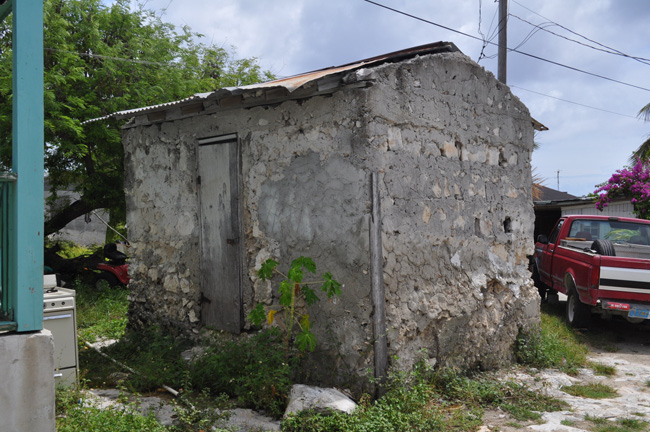
Detached Limestone Kitchen on Rolle Family Compound in Devil's Point Cat Island
|
